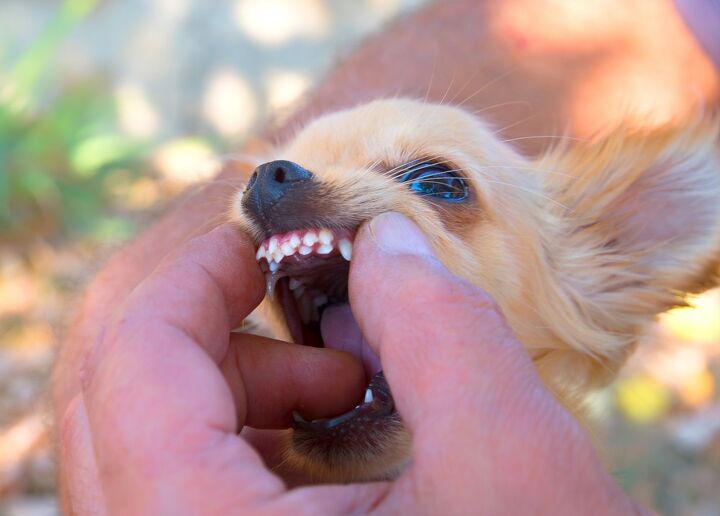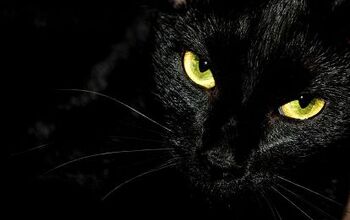Study Shows These Dog Breeds Most Likely To Have an Extra Row of Teeth

Is your pooch more likely to sport a second row of teeth? The so-called “Shark Teeth” is a little-known dental condition that can affect up to 7% of doggos around the world. The “disorder” is officially known as persistent deciduous teeth (PDT) and it means that instead of falling out as you’d expect, baby teeth remain in the gums when adult teeth come through. The condition is not particularly dangerous, but even so, it can be odd or cause slight discomfort to a dog. Recent studies revealed that the dog breeds most likely to suffer from PDT are the Toy Poodle, the Yorkshire Terrier, the Maltese, and the Chihuahua.
What exactly is PTD? And what does it cause? The disorder causes malocclusion, or - in simpler terms - a misaligned bite. In the long run, this can cause your pet’s mouth to bleed, and also increase the risk of periodontal disease, which is considered a serious gum infection.
The research team at the Waltham Petcare Science Institute in Leicestershire, led by Corrin Wallis, released their new study that focuses on PDT specifically. “Dogs use their teeth for a multitude of tasks and, as such, it is vital for their health and wellbeing that their oral health is maintained,” Wallis and colleagues say. “Persistent deciduous teeth (PDT), those that fail to fall out at the appropriate time, are associated with malocclusion (misaligned bite), soft tissue trauma and increased risk of periodontal disease.”
In the course of their extensive study, which has been published in the journal Research in Veterinary Science, the team from Leicestershire examined medical records from up to 2.8 million dogs in the US, in just a span of five years, from January 2010 to December 2014. The study itself was a major undertaking. Ultimately, it was revealed that the prevalence of PDT was 7%. When it comes to individual breeds, it was revealed that the highest prevalence is amongst the Yorkshire Terriers with 25.1%, followed by the Maltese and the Poodle, both with 14.8%.
On the lower end of that spectrum, the lowest prevalence was with the Greyhound, with 0.1%, followed by the Rhodesian Ridgeback with 0.2%. Amongst those breeds with lower percentages were also the English Bulldog, the Boxer, and the Great Dane, with 0.4%. All of this reveals that the smaller the breed, the higher the percentage. The team is not certain why smaller breeds have a higher percentage, but it could be linked to their genetics.
The team said that it was crucial for owners of smaller breeds to have a thorough oral examination at around six months of age. This can help them identify and remove PDT in its early stages. “Once identified, PDT can be removed and if this is carried out by six months of age, the chances of problems associated with PDT, such as the development of periodontal disease or malocclusion, can likely be greatly reduced,” they said.

A proud mama to seven dogs and ten cats, Angela spends her days writing for her fellow pet parents and pampering her furballs, all of whom are rescues. When she's not gushing over her adorable cats or playing with her dogs, she can be found curled up with a good fantasy book.
More by Angela Vuckovic























